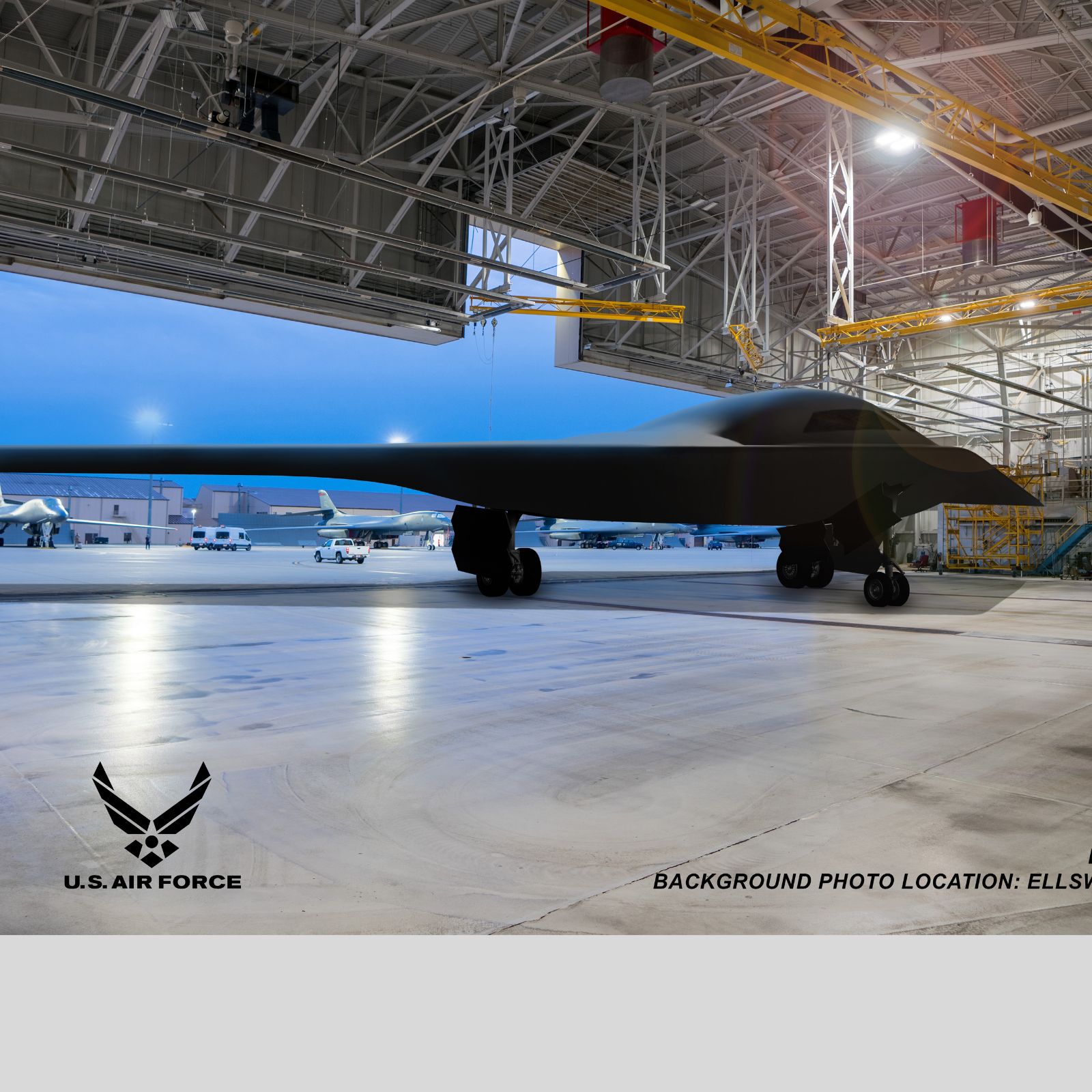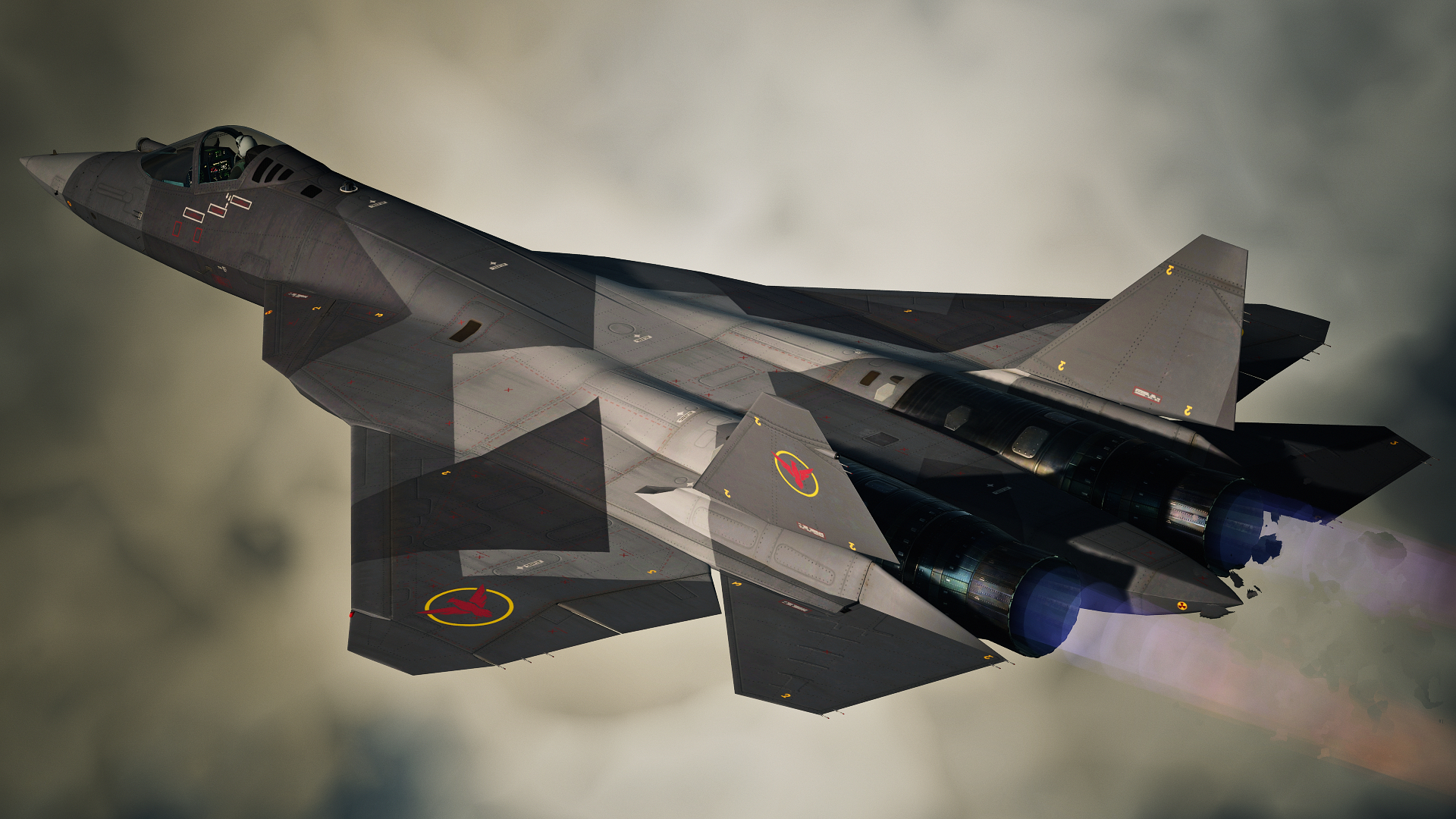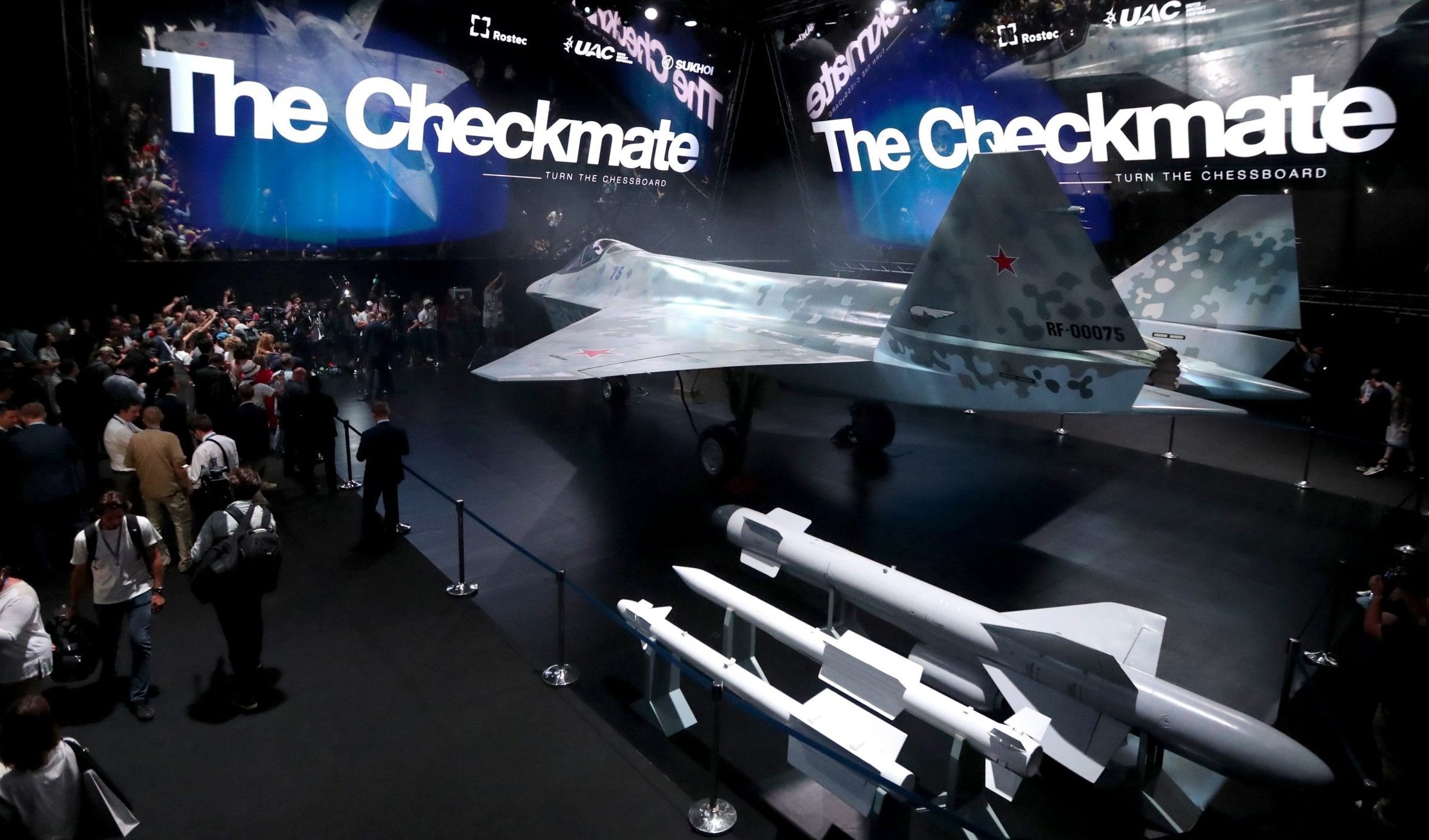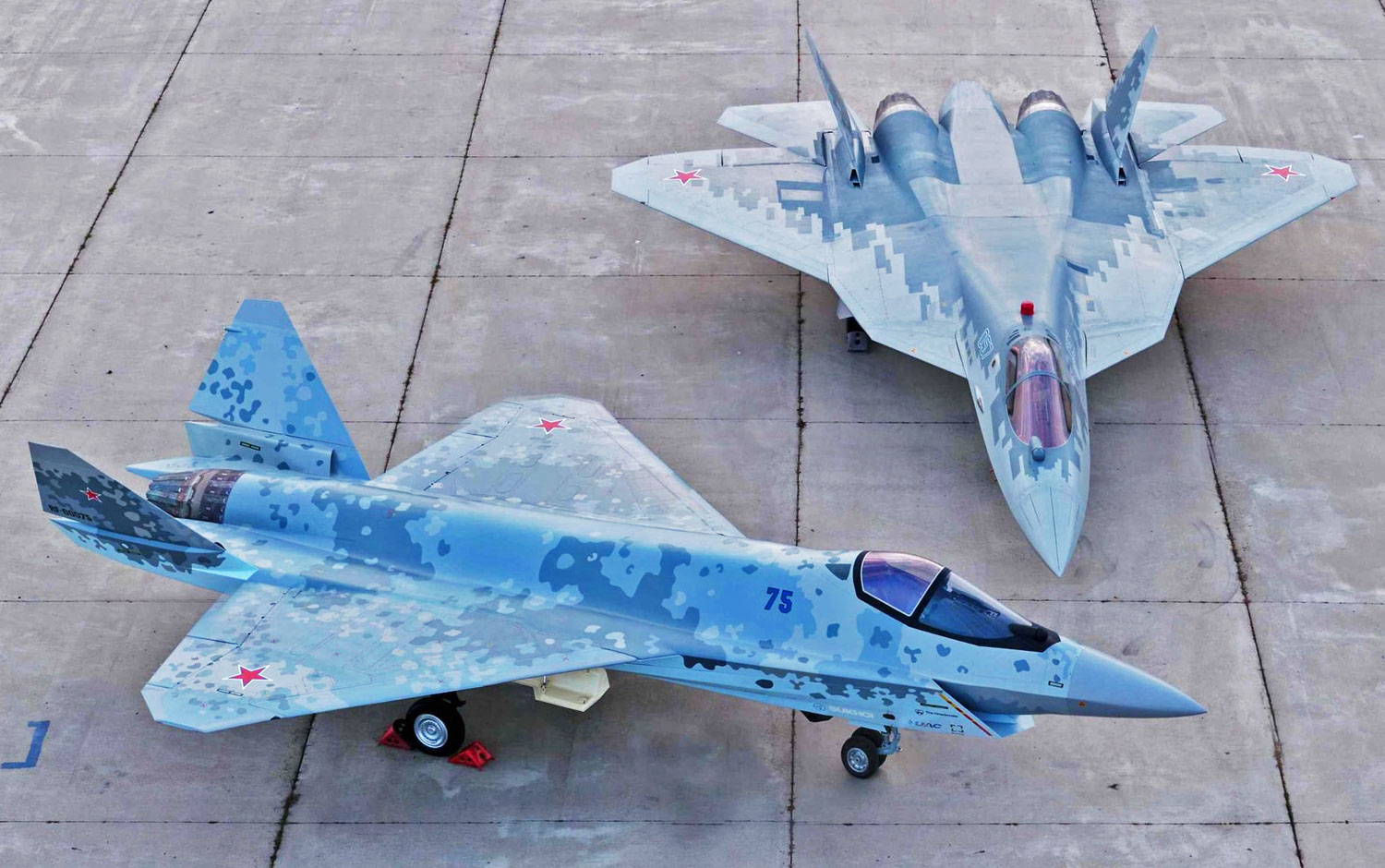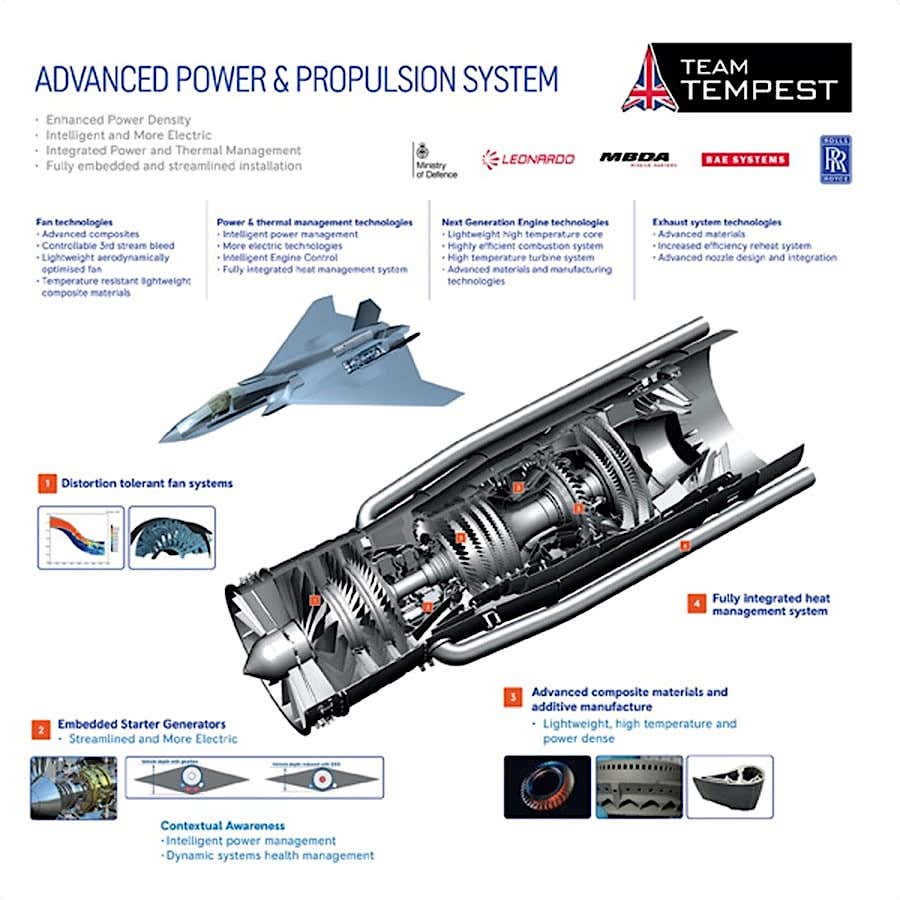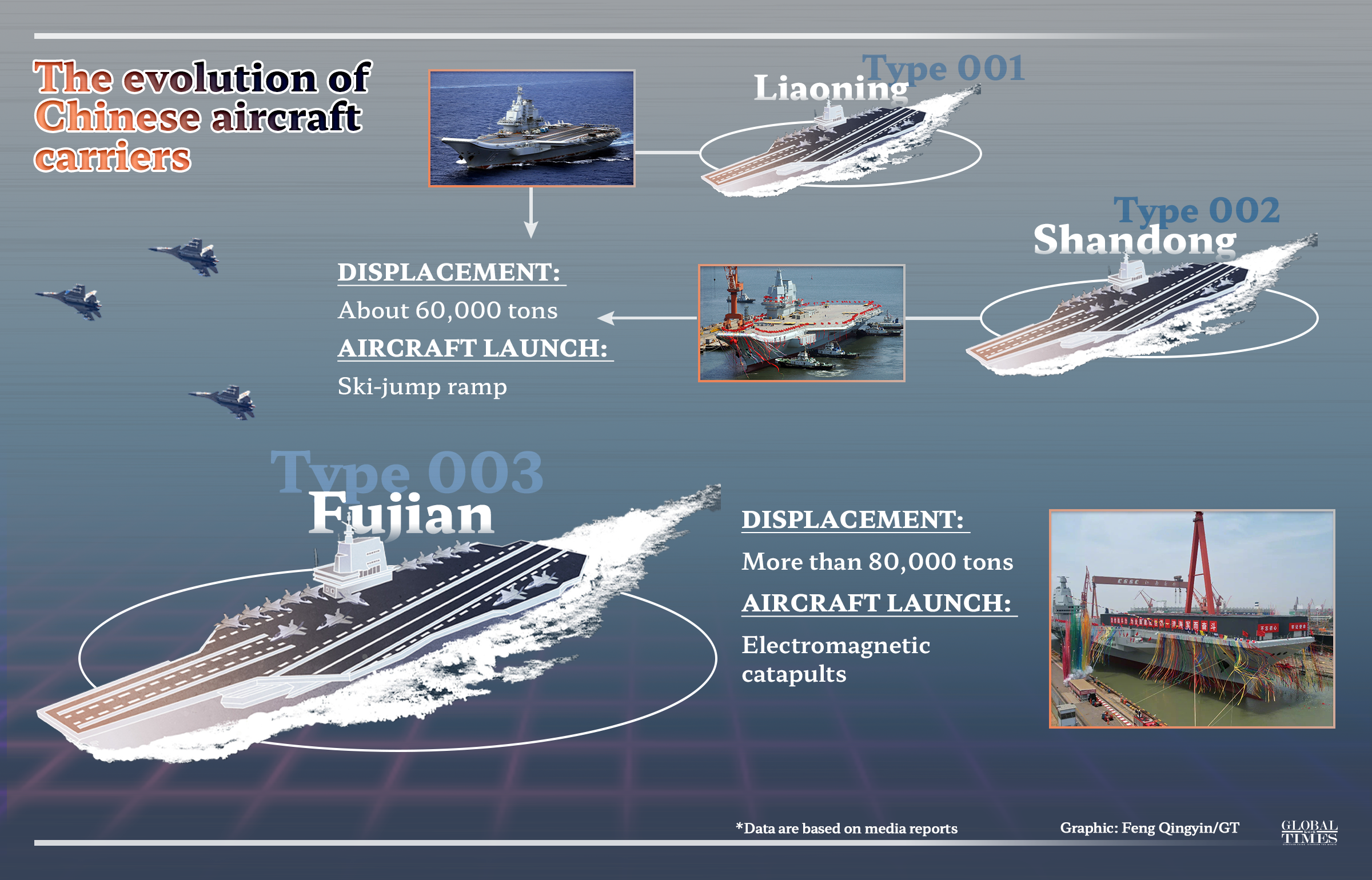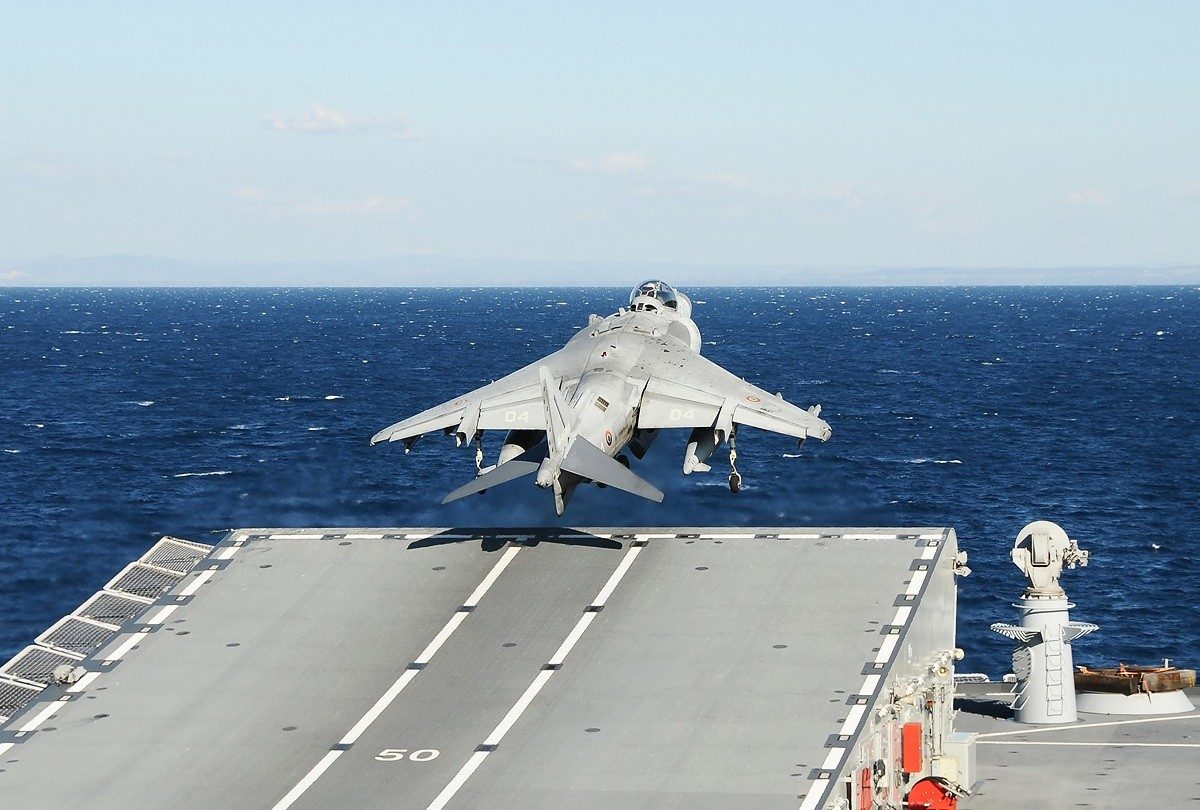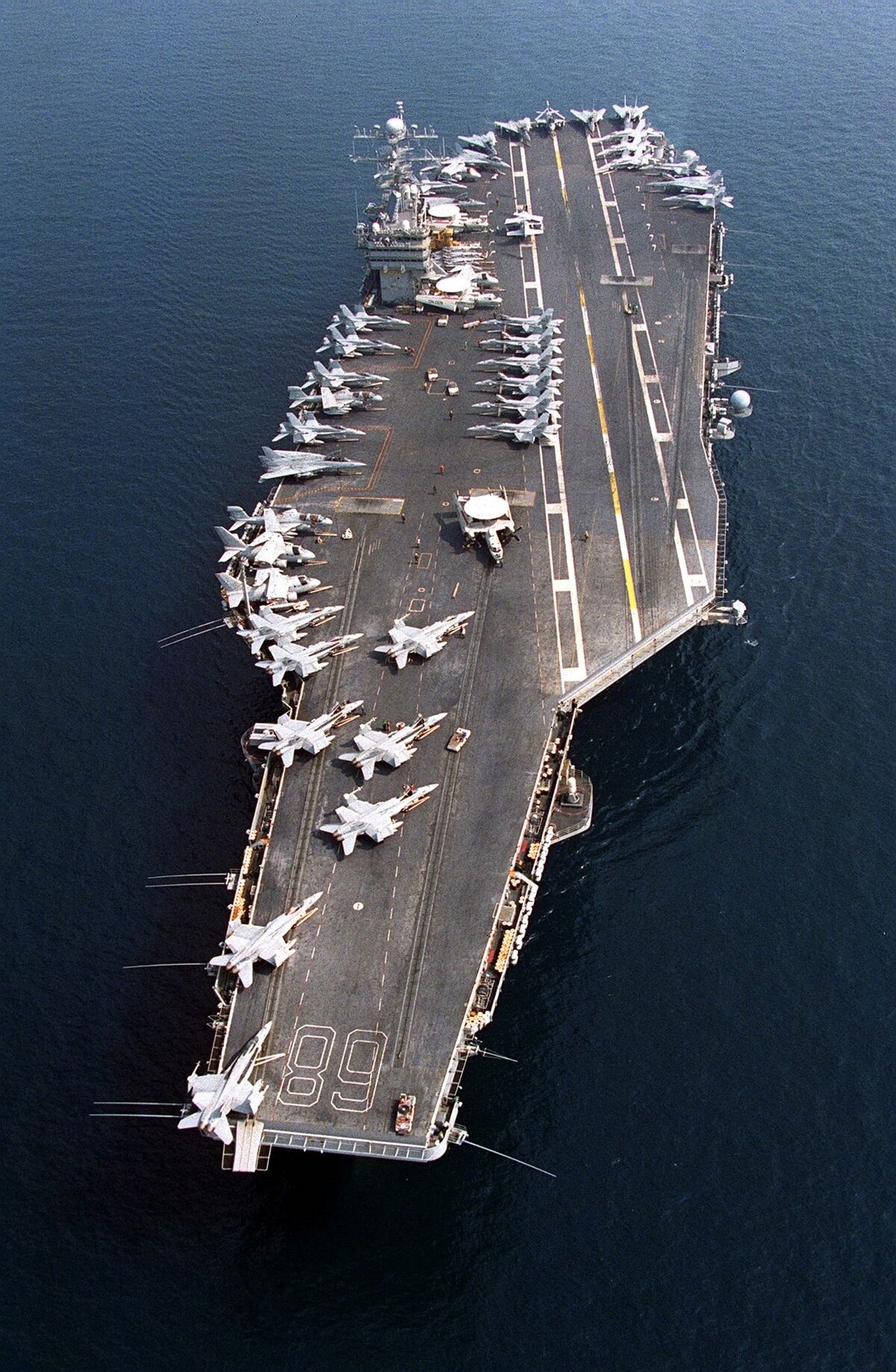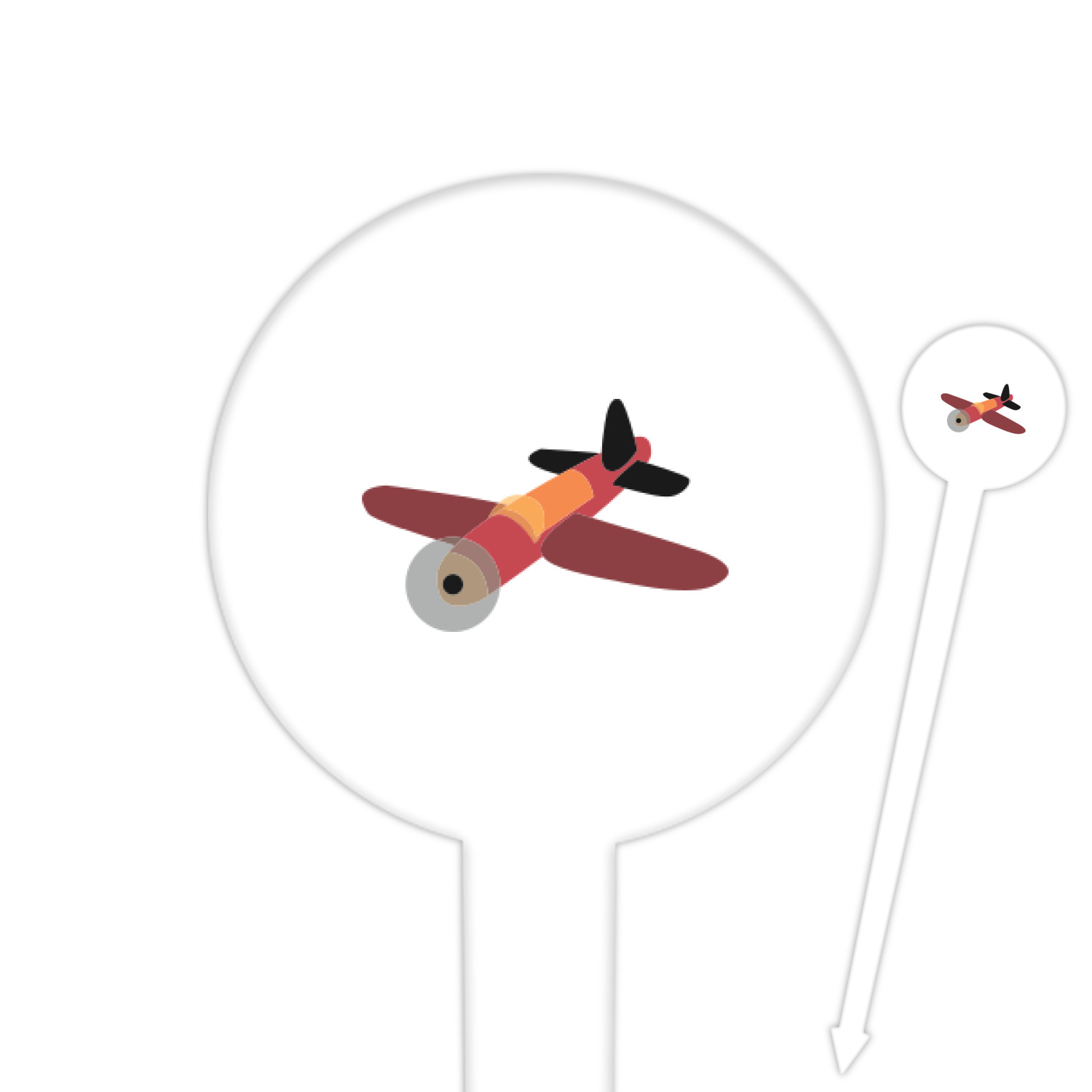6th Generation Fighter Jets - While America's fifth-generation F-35 Joint Strike Fighter jets are still rolling off the production line and being deployed around the world, work has already begun on a futuristic sixth-generation fighter, an aircraft that could enhance stealth and drone capabilities. companions, increased AI, and even the ability to heal themselves when damaged.
Welcome back to Left of Boom. I'm your host, Managing Editor Hope Hodge Sec. Late last year, a senior Air Force official acknowledged that the service had secretly built and flown a prototype for a future fighter jet. As the US continues to build its first fifth-generation fighter, the F-35, speculation abounds about what comes next. At least a dozen countries are now in the working stages of developing a sixth-generation fighter, although experts continue to debate what exactly "sixth generation" means. A few things seem clear: the airplane of the future will be smarter and get more assistance from drones, while still having a pilot in the cockpit. To give us more information about the future of combat warfare. We're joined by Richard Aboulafia, vice president of analytics at Teal Group. He is one of the leading voices in aviation and his columns appear regularly in Aviation Week and Forbes.com. Richard Aboulafia, welcome to the show.
6th Generation Fighter Jets
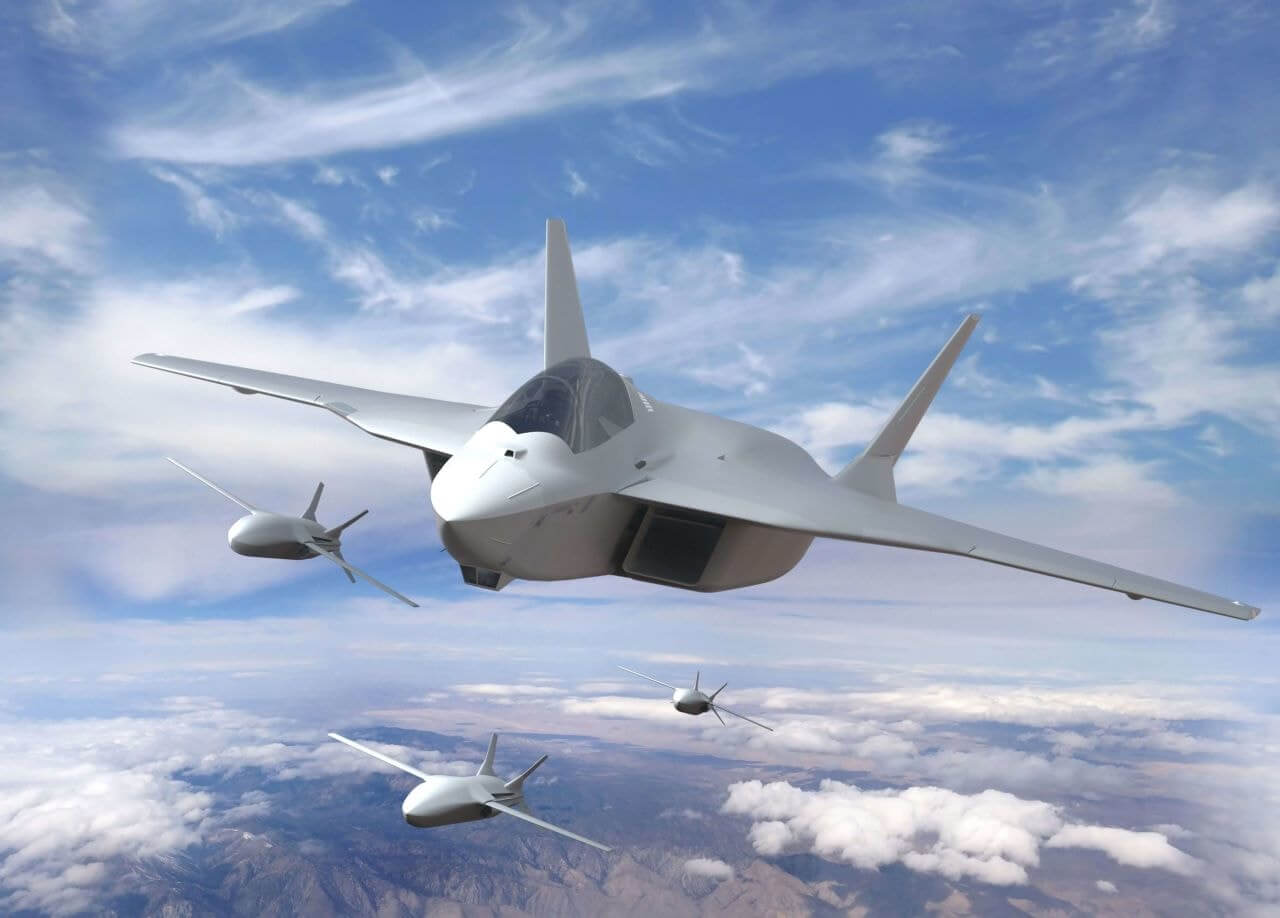
So let's start with a very basic question. I think many people have heard of fourth, fifth and now sixth generation fighter jets. Can you read what the defining features of the sixth generation fighter are? And also what are the key characteristics of previous advanced generations?
Top Sixth Generation Fighter Jets
Well, I'll let you know when we get there. right I mean it's, you know, we loosely define generations of fighter jets designed over the years. And, you know, there were so many, I guess, stretch breaks, if you will, between generations, and the first generation wasn't even supersonic at the end of the day, you know, so look what came. conditions of major enablers and technology over the years. Whether it's precision radars capable of hitting beyond visual range, air-to-air missiles, better electronic warfare systems, you know, radars, graduated to airborne and electronically digitized antennas, there's so much. The fifth generation, you know, can be characterized by some degree of stealth, maybe not all aspects of stealth, but low-observability, integrated sensor fusion that allows pilots to have a much better idea of what's going on around them on the battlefield field. Fully integrated EW systems, of course, that respond to a range of threats. And several other enablers, those are the main ones. It's kind of, almost a way to define the market to some extent. And, as a result, it's kind of a curiosity, the only production fifth generation aircraft were the F 22 and the F-35. Everything else was fourth generation. But given the number of building blocks and subsystems associated with the fifth generation, which will be called Generation 4.5, that certainly blurs the lines even more.
If I were Michael Scott asking, "Tell me what it's like to be five years old," then you had to give a 4th, 5th, 6th sentence, how would you sum it up?
Technological trenches were introduced, and the fifth is mainly characterized by low visibility. And by having a lot of data, a lot of internal and external sensors, all the data feeds back to the pilot to give him a very clear picture of the battlefield of the threat environment.
Understood It is helpful. Thank you. So I think I saw that 12 countries have now announced that they are working on developing a sixth generation fighter, including some of our favorite rivals and friends from the superpower competition. Which nations do you think are the most advanced in development right now? And how is that progress they are making?
Gcap: Japan, Britain And Italy Team Up To Build Sixth Generation Fighter Jet
Well, you know, there are big questions about what constitutes that sixth generation. And, you know, first of all, you have to start with the fifth generation as a basic, your main building block. That, of course, means that the US will have this huge advantage, as it is the only country that has actually built a true fifth-generation aircraft. Now, what makes up the sixth generation in addition to everything that people didn't build in the fifth generation, because they only built generation 4 or generation 4.5. Also, you know, probably one of the biggest enablers is just going to be hyper-connectivity, just everything is connected. There are systems, other nodes on the battlefield, other sensors from board to board, all connected at ultra-fast speeds, which will be a critical part. Another thing that appears to be very desirable is basically greater degrees of human-machine teamwork. And that means Loyal Wingman type systems. And the pilot's ability to control the attached systems around him. That means Skyborg, Loyal Wingman or whatever air force unites Australia, one of the systems being set up. And that will be a key enabling technology because it also uses artificial intelligence. You know, there's not much a pilot can do with a pilot with a bunch of systems attached. Unless, of course, those hydraulic systems have a level of combat autonomy. So AI will be key there. A key aspect of the sixth generation may be a kind of way to fix the boundaries of the fifth generation primary plan. The F-35 in terms of sensor fusion was absolutely brilliant. In terms of stealth, a pretty impressive achievement, mission-wise. But as an air vehicle, a bit disappointing compared to the F-22. The joke was that the F-22 was an incredible air vehicle in search of a good suite of equipment for the mission. And the F-35 is an incredible suite of mission equipment in search of a good air vehicle. You know, so if you can match the traditional metrics of climb time, speed, payload, range, all those other things with fifth generation mission equipment, maybe that sixth generation really depends on your definition.
It's interesting. Well, there's a lot to unpack there. And so I'll take it piece by piece, but let's talk stealthily. First of all, there are many misconceptions about what is and what is not stealth, especially when it comes to F=35. Can you kind of give a primer and talk about what stealth is, how to understand it, and what stealth features we might see on the 6th generation platform?
Yeah, and there were a ton of misunderstandings about stealth, apparently. To the vast majority of the public, it's seen as a cover-up device for Romula, including Donald Trump's legendary moment where he says stealth means you can't see, you know, a big moment in aerospace politics. It actually just means that you want to be seen as second. That's what it comes down to. And, of course, the traditional model of air-to-air combat, which means that frontal stealth is the most important thing for a fighter. Maybe you're using your fighter to penetrate enemy airspace for a strike mission, in which case stealth from all aspects would be good, but that's not a priority, right, priority comes second, so you get the first shot and you it can kill the other before it kills you. Now, when it comes to penetrating stealth, as in, say, the B-21, the successor to the B-2 bomber, stealth in every aspect is much more important, because it's not an airplane that will be. shooting at other aircraft. It's a plane that's going to penetrate the airspace, you know, take out some high-value target. But with fighters, stealth, low visibility. It's more frontal, and it means it's seen as a second, and it can appear in terms of hull shape, it can appear in terms of emissions. You know, there are a lot of different metrics by which we measure stealth.

So you mentioned the Loyal Wingman, what's the main idea behind that concept? And in the future do we foresee, well, all manned fighters having an unmanned sidekick, like R2-D2?
U.s. Air Force Mulling Prospects For Sixth Generation Fighter Jets
Well, you know, it's easy to overestimate the rate at which fancy and impressive new technologies are being developed, right? History tells us that, you know, oh, in five to ten years, everything will be different. Most likely, this kind of technology will be the story of 2040, maybe even 2050. But the potential is very impressive. And just what it looks like, you know, the ability to have companion drones that are also recording and detecting and what else is going on with you. And obviously, that massively corrects the quantitative disadvantage in some theaters. You read The Pacific, right? You know, I mean, obviously, deployability is a huge issue, you can only have a few airlines and a few air bases. And if you're in conflict with a similar or nearly similar adversary, and that's their geographic territory, you better have the ability to
Second degree assault washington state, 2nd degree assault sentence, 2nd degree aggravated assault, 2nd degree assault mn, 2nd degree assault, 2nd degree assault definition, 3rd degree assault washington state, 4th degree assault washington state, 2nd degree felony assault, 4th degree assault washington, what is assault 2nd degree, 2nd degree assault charges
